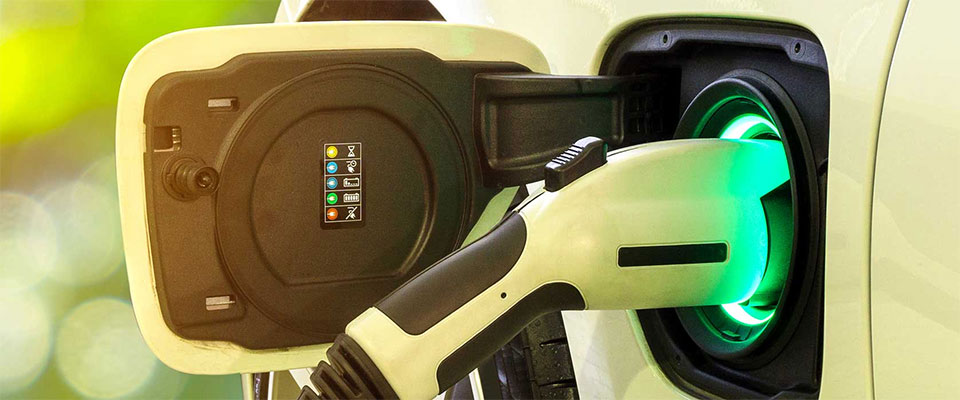
Charging your EV
Access to charging equipment at work helps make EVs more affordable and convenient for owners. The DOE encourages employers to provide EV charging stations. A handbook for employers interested in installing charging equipment is available through the DOE’s Clean Cities program.
Before purchasing an EV charger for your home, you may need to consult an electrical contractor to determine if your home’s electrical system needs any modifications. The type of charging system you should install will depend on the type of vehicle you choose. Installation of higher-voltage systems may require permitting and upgrades to your home’s electrical facilities.
Charging equipment is classified by the rate at which batteries charge. Obtaining a full charge can take from 15 minutes to 20 hours or more, depending on the type of charging equipment and the battery’s current charge. There are three types of chargers:
- Level 1 chargers use a 120-volt (V) plug and can be plugged in to a standard outlet. Most plug-in EVs come with this type of charging equipment. These chargers provide 2-5 miles of range for each hour of charging and are most often used at home. EV owners typically use these types of chargers to charge their vehicles at home overnight.
- Level 2 chargers provide 10-60 miles of range for each hour of charging. Electric vehicles can be charged with a 240V plug, typically used in homes, or a 208V plug, which are most commonly used in commercial settings. These units can fully charge an electric car battery in as little as 2 hours, making them a good choice for both homeowners and businesses.
- Level 3 or direct-current (DC) fast-charging equipment is typically found along corridors with heavy traffic and other public locations. DC rapid chargers use a 480V connection to provide 60-100 miles of range for each 20-minute charge. These chargers require highly specialized equipment to install and maintain and typically are only used in commercial and industrial applications.

